Are you overwhelmed by the choices for rental LED screens?
Selecting the perfect LED screen can transform your event. Here's how to make the right choice.

Choosing the right LED screen is crucial for your event's success. Let's explore the key factors together.
What are the key factors to consider when selecting a rental LED screen?
Struggling to choose the best LED screen for your event?
Consider factors like size, resolution, brightness, and support when selecting a rental LED screen.
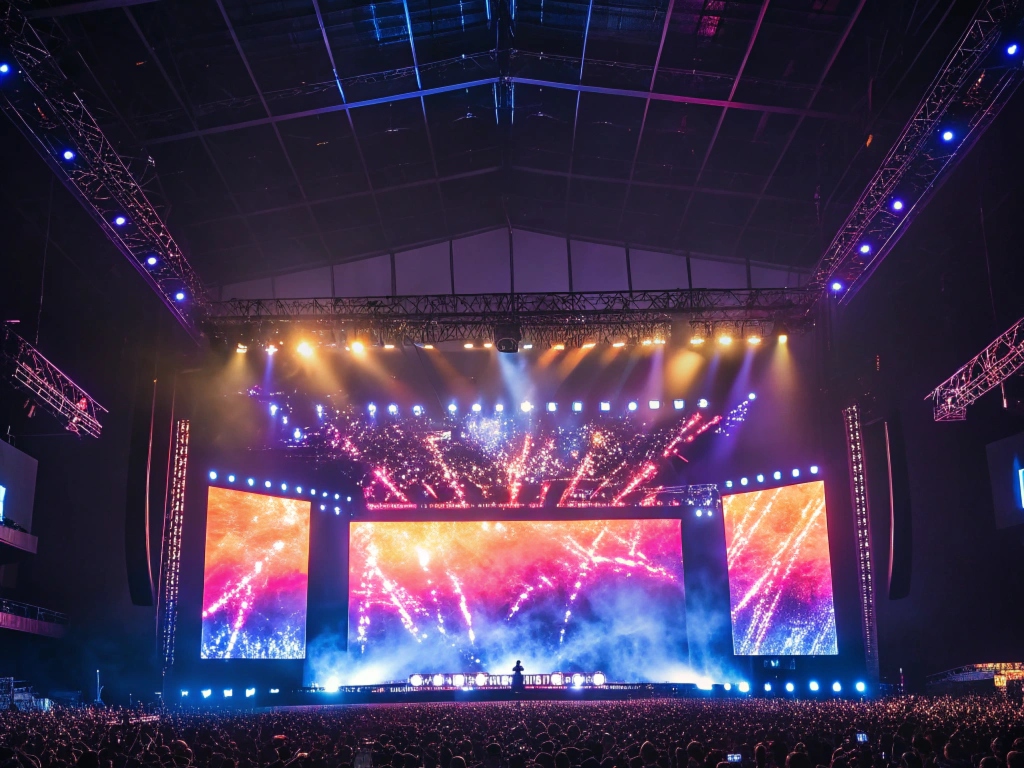
Selecting the right LED screen involves multiple considerations to ensure it meets your event's needs.
Size and Resolution
The size of the LED screen should match the venue and audience size. A larger screen is suitable for big venues, while smaller screens work for intimate settings. Resolution determines the clarity of the display. Higher resolution screens offer sharper images, which are essential for detailed presentations.
Brightness and Visibility
Brightness affects how well the screen is visible in different lighting conditions. Outdoor events require brighter screens to combat sunlight, while indoor events can use screens with lower brightness. Ensuring proper visibility ensures your message is clear to all attendees.
Support and Reliability
Reliable technical support is vital for smooth operations. Choose a rental company that offers on-site support and quick troubleshooting. Reliable equipment minimizes the risk of technical issues disrupting your event.
| Factor | Importance | Considerations |
|---|---|---|
| Size | Ensures visibility and impact | Venue size, audience distance |
| Resolution | Affects image clarity | Event type, content detail |
| Brightness | Determines visibility in various lighting | Indoor vs. outdoor settings |
| Support | Ensures smooth operation and issue resolution | Availability of technical support |
How does pixel pitch affect the quality of an LED display?
Confused about pixel pitch and its impact?
Pixel pitch determines the sharpness of the display. Smaller pitches mean higher resolution and clearer images.
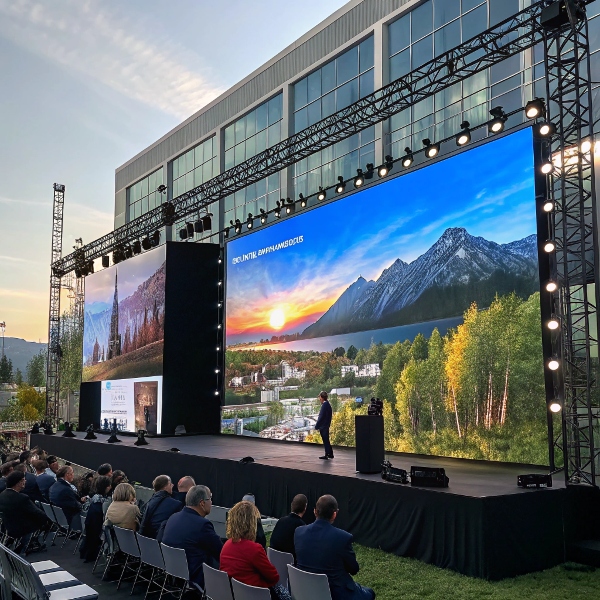
Understanding pixel pitch is key to choosing an LED screen that delivers crisp visuals.
Image Clarity and Viewing Distance
Pixel pitch refers to the distance between pixels. A smaller pixel pitch results in higher resolution, providing clearer images, especially important for events with close viewing distances. For large venues where the audience is farther away, a larger pixel pitch can be sufficient without unnecessary costs.
Cost Implications
Higher resolution screens with smaller pixel pitches are more expensive. Balancing budget with image quality needs is essential. For events with limited budgets, choosing an appropriate pixel pitch that meets the visibility requirements can optimize both cost and quality.
Application Specifics
Different events require different pixel pitches. For high-definition presentations or concerts with detailed visuals, a smaller pixel pitch is ideal. For general information displays or large-scale outdoor events, a larger pixel pitch may be more practical.
| Pixel Pitch | Resolution | Best For |
|---|---|---|
| Small | High | Close-up events, detailed visuals |
| Medium | Moderate | General use, medium venues |
| Large | Lower | Large venues, distant audiences |
What are the differences between indoor and outdoor rental LED screens?
Unsure whether to choose indoor or outdoor LED screens?
Indoor and outdoor LED screens differ in brightness, durability, and design. Choose based on your event environment.
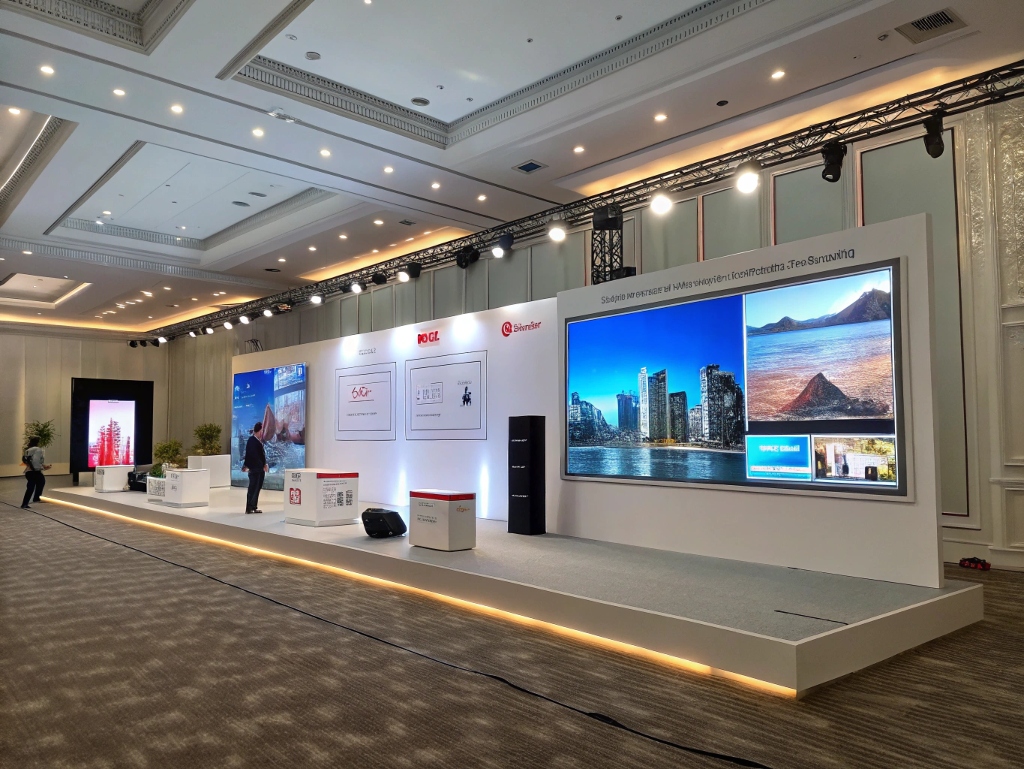
Choosing between indoor and outdoor LED screens depends on the event setting and specific requirements.
Brightness and Weather Resistance
Outdoor screens need higher brightness to compete with sunlight and must be weather-resistant to withstand elements like rain and wind. Indoor screens can have lower brightness levels and focus more on image quality without worrying about weather conditions.
Installation and Portability
Outdoor LED screens are often larger and require more robust installation to ensure stability. They may also need to be more portable for events in different locations. Indoor screens can be more flexible in size and easier to install in various indoor spaces.
Usage Scenarios
Outdoor LED screens are ideal for concerts, sports events, and large public gatherings where visibility from a distance is crucial. Indoor screens are perfect for conferences, exhibitions, and corporate events where image clarity and detailed visuals are important.
| Feature | Indoor LED Screens | Outdoor LED Screens |
|---|---|---|
| Brightness | Lower, suitable for controlled lighting | Higher, to compete with sunlight |
| Durability | Less weather-resistant | Weather-resistant and robust |
| Size and Portability | More flexible sizes, easier setup | Typically larger, requires stable setup |
| Usage Scenarios | Conferences, exhibitions, corporate events | Concerts, sports events, public gatherings |
What types of content can be displayed on rental LED screens?
Not sure what to display on your LED screen?
Rental LED screens can showcase videos, images, live feeds, animations, and interactive content to engage your audience.
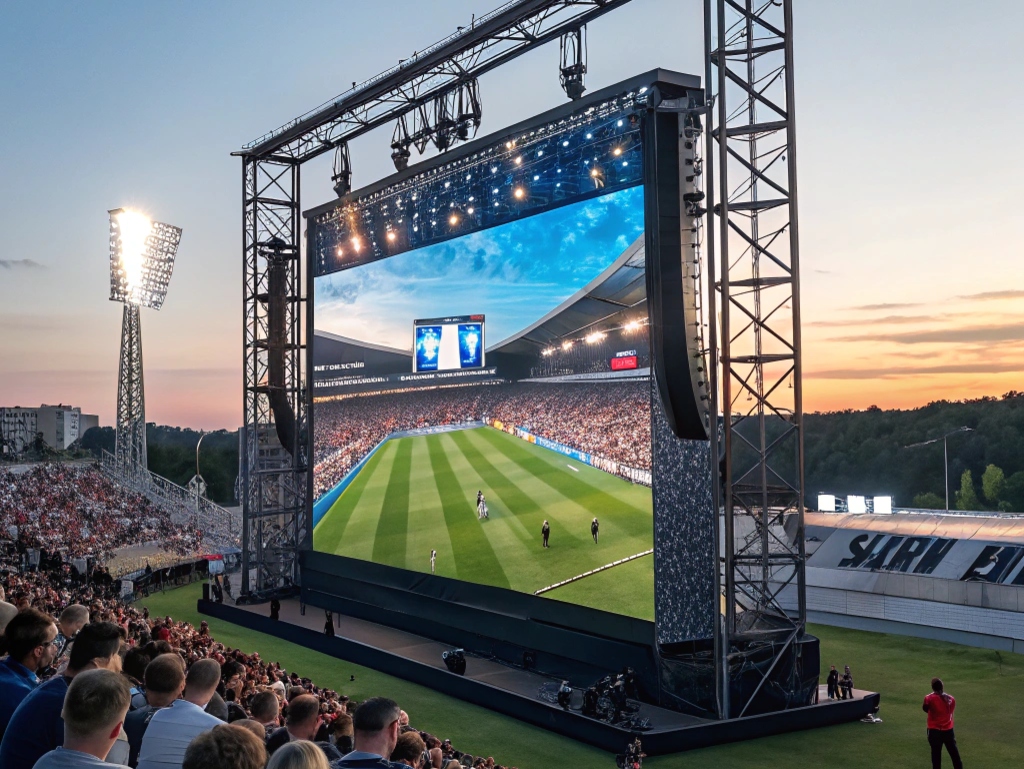
Maximizing your LED screen's potential involves choosing the right content to captivate your audience.
Multimedia Presentations
Videos and animations can make your presentations more engaging. High-quality visuals and smooth transitions keep the audience interested and enhance the overall experience.
Live Feeds and Interactive Content
Displaying live feeds from social media or real-time event updates can increase interaction. Interactive content, such as live polls or Q&A sessions, encourages audience participation and makes the event more dynamic.
Branding and Advertisements
Use LED screens to display your brand logo, slogans, and advertisements. Consistent branding throughout the event reinforces your message and increases brand recognition.
Event Information and Schedules
Provide attendees with important information like event schedules, speaker bios, and venue maps. Clear and accessible information helps attendees navigate the event smoothly.
| Content Type | Purpose | Best Practices |
|---|---|---|
| Videos and Animations | Enhance engagement | Use high-quality, relevant visuals |
| Live Feeds | Increase interaction | Integrate social media platforms |
| Branding | Reinforce brand identity | Consistent logos and color schemes |
| Event Information | Inform and guide attendees | Clear, concise, and easily readable |
What technical specifications should I look for in a rental LED screen?
Overwhelmed by technical specs?
Focus on resolution, brightness, refresh rate, and connectivity options when evaluating LED screens.
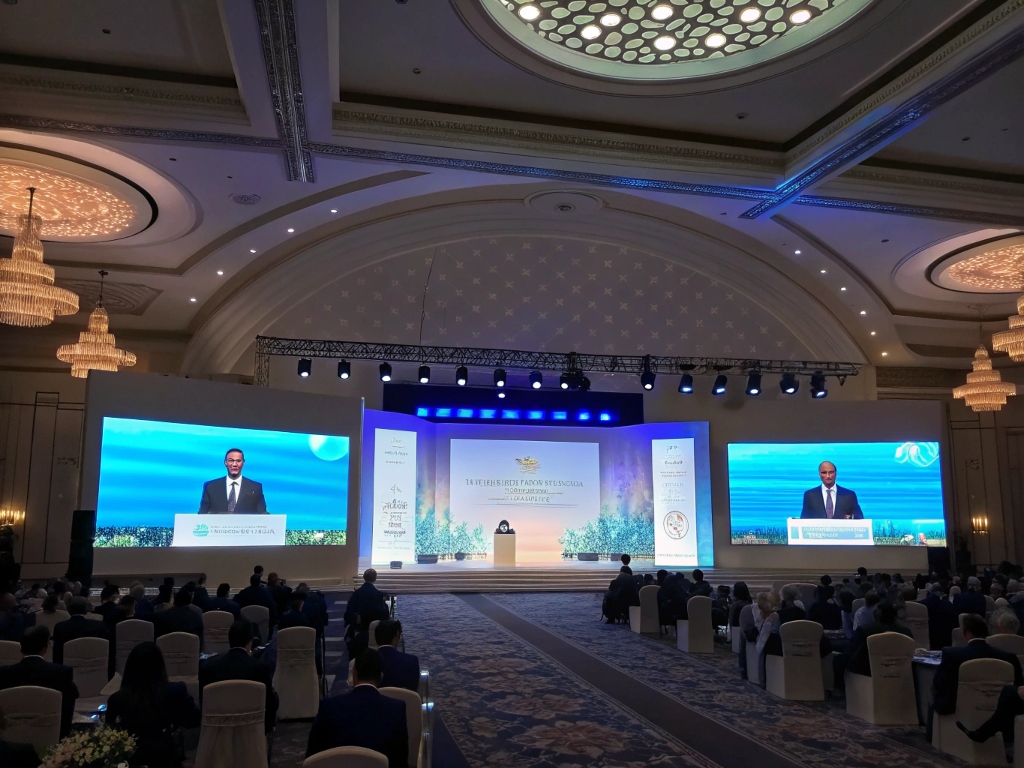
Understanding the technical aspects ensures you choose an LED screen that performs reliably for your event.
Resolution and Pixel Density
Higher resolution provides sharper images, which is essential for detailed content. Pixel density, determined by pixel pitch, affects how clear the display appears from various distances. Choose specifications that match your event's visual requirements.
Brightness and Contrast Ratio
Brightness ensures visibility in different lighting conditions. A higher contrast ratio enhances image depth and clarity. Balance these specifications based on whether your event is indoors or outdoors to maintain optimal display quality.
Refresh Rate and Response Time
A higher refresh rate results in smoother motion, crucial for video content and live feeds. Low response time minimizes motion blur, ensuring fast-moving visuals appear clear and fluid.
Connectivity and Compatibility
Ensure the LED screen has multiple input options like HDMI, VGA, and wireless connectivity for versatile content delivery. Compatibility with your existing equipment prevents technical issues and streamlines setup.
| Specification | Importance | What to Look For |
|---|---|---|
| Resolution | Image clarity and detail | 1920x1080 (Full HD) or higher |
| Pixel Density | Image sharpness based on viewing distance | Smaller pixel pitch for closer viewing |
| Brightness | Visibility in different lighting | 5000 nits or higher for outdoor events |
| Contrast Ratio | Image depth and clarity | Higher ratios for better image quality |
| Refresh Rate | Smoothness of motion | 1920 Hz or higher for video content |
| Connectivity | Versatility in content sources | Multiple HDMI, VGA, and wireless options |
What types of content can be displayed on rental LED screens?
Not sure what to display on your LED screen?
Rental LED screens can showcase videos, images, live feeds, animations, and interactive content to engage your audience.
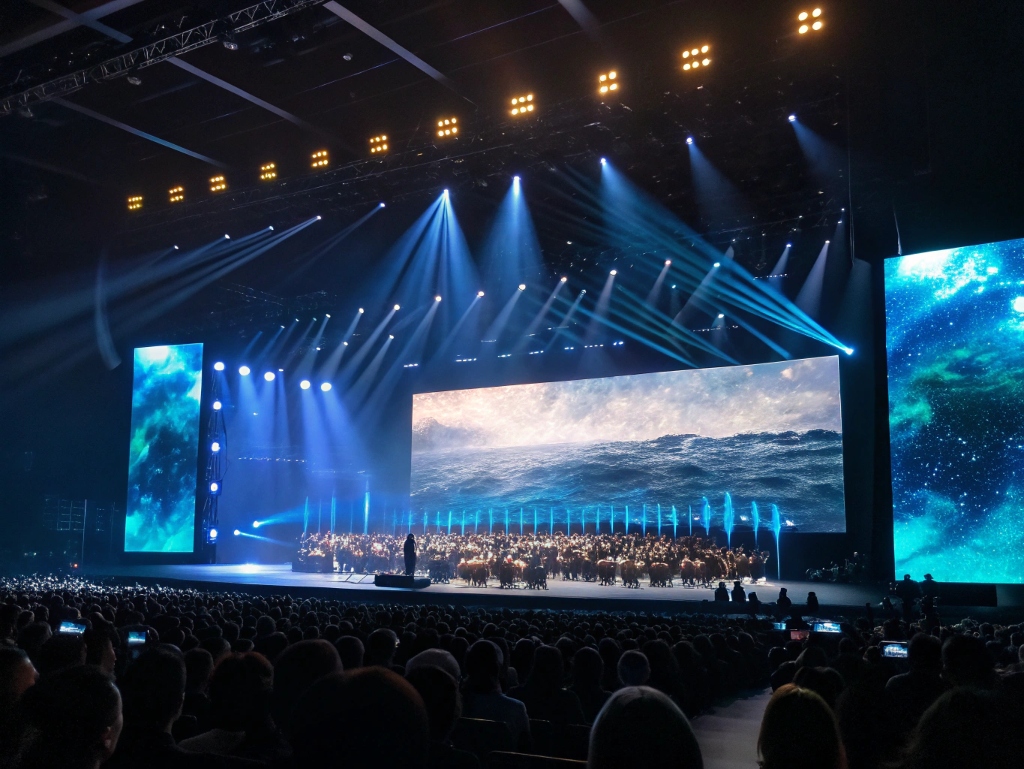
Maximizing your LED screen's potential involves choosing the right content to captivate your audience.
Multimedia Presentations
Videos and animations can make your presentations more engaging. High-quality visuals and smooth transitions keep the audience interested and enhance the overall experience.
Live Feeds and Interactive Content
Displaying live feeds from social media or real-time event updates can increase interaction. Interactive content, such as live polls or Q&A sessions, encourages audience participation and makes the event more dynamic.
Branding and Advertisements
Use LED screens to display your brand logo, slogans, and advertisements. Consistent branding throughout the event reinforces your message and increases brand recognition.
Event Information and Schedules
Provide attendees with important information like event schedules, speaker bios, and venue maps. Clear and accessible information helps attendees navigate the event smoothly.
| Content Type | Purpose | Best Practices |
|---|---|---|
| Videos and Animations | Enhance engagement | Use high-quality, relevant visuals |
| Live Feeds | Increase interaction | Integrate social media platforms |
| Branding | Reinforce brand identity | Consistent logos and color schemes |
| Event Information | Inform and guide attendees | Clear, concise, and easily readable |
Conclusion
Choosing the right LED screen ensures your event shines brightly.
